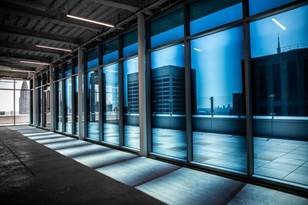| |||||||||||||||||||||||||||||
|
“It’s really important that you feel good. Because this feeling good is what goes out as a signal into the universe and starts to attract more of itself to you. So the more you can feel good, the more you will attract the things that help you feel good and that will keep bringing you up higher and higher” – Joe Vitale
Saturday, August 31, 2019
Gaining a Competitive Edge in Office Buildings Article by Craig Coppola | Lee & Associates (ccoppola@leearizona.com)
Subscribe to:
Post Comments (Atom)
-
5-Minute Black Beans— No Cooking You can now find many brands of organic, ready-to-eat canned Black Beans that are healthier and tastie...









No comments:
Post a Comment